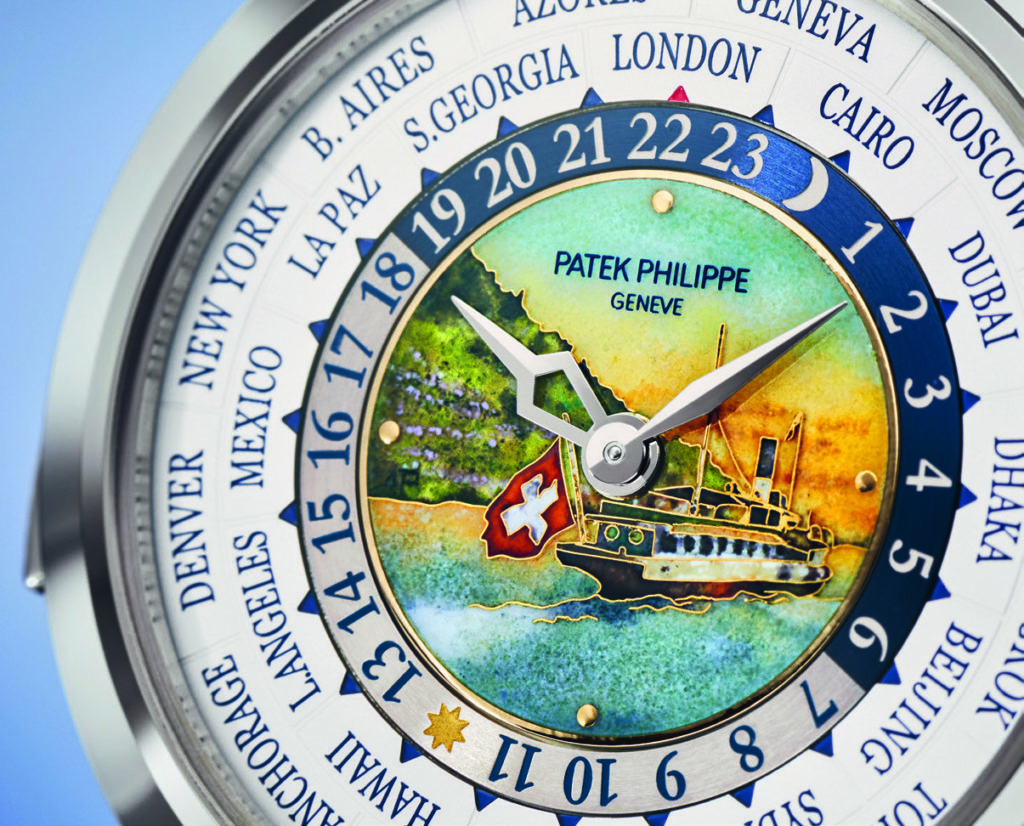The best way to keep in touch with Hand Picked Hotels is to sign up to our news, offers and events below. Please do read our Privacy Policy for more information on how we use your data and you can of course opt out at any time.
Which Watch Are You?
Before the Italians invented watch culture in the 1980s, people bought wristwatches according to need. The Italians, however, maintained that the well-dressed individual should own three: one for a dress, one for work and one for play. They also realised that any chosen watch said a lot about the wearer.
While most people opt for just one wristwatch – and it is possible to find a do-it-all timepiece depending on one’s lifestyle – the trio needed for all occasions would include a watch for formal or evening events, a knockabout or sport watch for leisure and, if applicable, one suited to one’s work, especially business. The last is arguably the most critical when it comes to sending messages: a client in a multi-million-pound negotiation might not be inspired by a colleague wearing a plastic quartz watch.
While the watch itself speaks volumes by its role, function or looks, so does the maker. And it is possible to assemble the triumvirate from one brand. If a mix of taste and prestige is important for the wearer, that grandest of maisons, Patek Philippe, is one of the few houses able to serve every purpose.
During its long history of unbroken production since 1839, Patek Philippe has created a number of models which stand as classics. Most notable is its signature timepiece, the Calatrava, which first appeared in 1932. Wristwatches had been around for less than a quarter of a century and had already appeared in a number of shapes, forms, metals, and sizes, but the Calatrava would define the discreet dress watch.
Originally a prime example of Bauhaus minimalism, it was seen without numerals, using slim bars or dots to mark the hours. Champagne or white dials, eventually a “hobnail” bezel and other details added choice without upsetting the subtlety of the basic design.
It has never been out of the Patek Philippe catalogue and has emerged in a number of styles with added functions beyond displaying just the hours, minutes, and seconds, but the clean look of the original Ref 96 lives on in the current models. It remains the definitive timepiece for formal wear or, indeed, sessions in the boardroom.

Patek Philippe, however, also created an alternative to the Calatrava in 1968. No less elegant nor minimalist is the stunning Ellipse, its model name provided by its shape. Arguably more youthful and expressive, the Ellipse has engendered variants, including rare versions with precious stone dials or wide jewellery cuffs instead of straps, but all enjoy an uncluttered look. As the name states, its form is a slightly elongated circle, which is also warmer and less aggressive than the hard, angular geometry of a square dress watch.
Now considered one of the most desirable watches on the market, the Nautilus has become the must-have timepiece for watch connoisseurs.
In direct contrast to the Calatrava and the Ellipse, Patek Philippe’s most in-demand timepiece of late is their contender in the “luxury sports watch” arena. Although launched in 1976, the Nautilus was almost a well-kept secret until the 21st century, its recent boost in desirability part of a trend which has affected the entire watch milieu. Consisting of top quality movements in rugged cases, sport-chic watches were first offered only in stainless steel, but gold and platinum soon featured as well. To qualify for a place in this category, a watch had to be elegant and dressy as well as tough, a description which also fits the luxury SUVs that now dominate the luxury car category.
Now considered one of the most desirable watches on the market, the Nautilus has become the must-have timepiece for watch connoisseurs. Its popularity is such that the Nautilus is the subject of waiting lists, demand outstripping supply; in practice, it means for many clients that the pre-owned market is the only means of acquiring one.
More role-specific, but also able to suit business, dress, and leisure roles, is the World Time watch. Unlike GMTs which show two time zones, a world timer displays all 24 zones at a glance. It is an essential timepiece for the frequent or inveterate traveller, and Patek Philippe produced one of the first examples in 1939. Thanks to the genius of watch designer Louis Cottier, Patek Philippe was provided with the means to devise a timepiece which would achieve just this. Among its current offerings are the World Time with guilloché dials or an ultra-desirable version with a cloisonné world map in the centre. But if only two zones are needed, the more recent Calatrava Pilot Travel Time can display both home and destination times, as well as a more rugged mien, almost usurping the role of the Nautilus for its sporting suitability.
